China is shaking up its science and technology ministry, as part of continuing efforts to achieve greater technological independence. The moves follow tightening export controls by the US and other nations that target its capabilities in artificial intelligence (AI) and semiconductors.
The Ministry of Science and Technology (MoST) had been a big beneficiary of a reorganisation five years ago, but this latest one sees applied research in key areas such as rural development and agriculture move to the agriculture ministry, while IT and health move to the relevant ministries.
The big winner from the reorganisation appears to be the Ministry of Industry and Information Technology, which will take on responsibilities including industrial planning such as for high tech development zones. Back in 2015, MIIT was tasked with overseeing a 10-year strategy – Made in China 2025 – aimed at eliminating China’s reliance on foreign technology imports. It’s now led by Jin Zhuanglong, a former aerospace engineer, one of a number of executives from the aviation and space sectors who are now in top party positions, says Matthias Stepan, a researcher who focuses on policymaking in China, at Ruhr University Bochum in Germany.
At the same time, a new body – the Central Commission on Science and Technology – is being created and will be run by the ruling party. ‘Establishing a party commission signifies the importance the Chinese Communist Party (CCP) attaches to the policy area,’ suggests Stepan. And it sends a message to different audiences. ‘To party members, it stresses that the CCP is on top of things and that this policy area will gain in importance. But you also show everyone in China and outside of China, that it has [the] top level attention of the top leaders of the party.’ He adds that it’s likely that President Xi Jinping or another member of the Politburo will head the commission and that it will be key in formulating a new long-term plan for science and technology.
China spent ¥3 trillion (£359 billion) on research and development in 2022, but only just over 6% of the total went on basic research. In 2021, for the first time, it set a target for basic research of 8% of the total research budget. ‘So the positive spin that people now try to make is that [MoST] can, in the future, focus more on boosting basic research,’ says Stepan.
While the goal of restructuring the science ministry is to drive technology breakthroughs, analysis by the Australian Strategic Policy Institute shows that China has already ‘built the foundations to position itself as the world’s leading science and technology superpower’. Its Critical Tech Tracker suggests China has a global lead in 37 out of 44 emerging technologies, as judged by its proportion of most highly cited papers judged likely to lead to patents. Compared with other economies – particularly the US – it has the greatest proportion of high impact research in areas such as nanoscale materials and manufacturing, smart materials, and hydrogen and ammonia for energy. But this expertise has also been built up through collaboration, with one-fifth of high impact papers authored by researchers who’ve had postgraduate training in countries such as the US, UK and Australia.




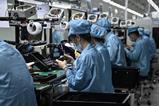
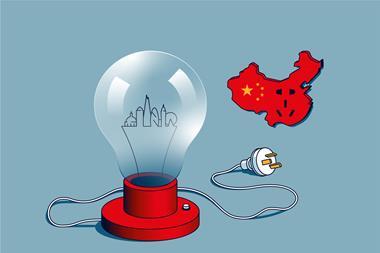
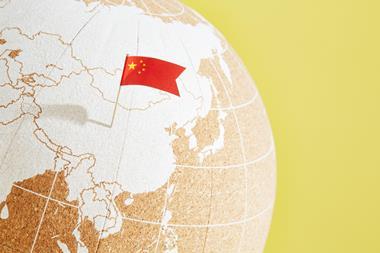
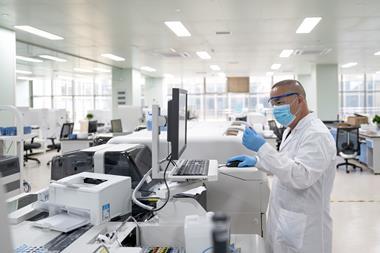
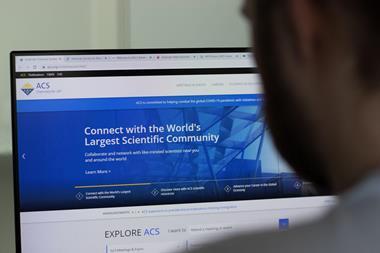
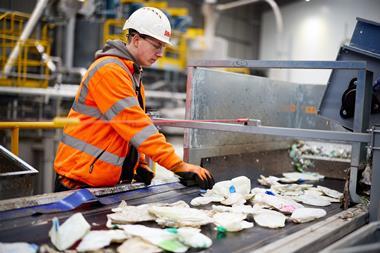







No comments yet